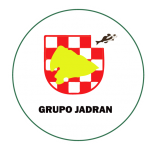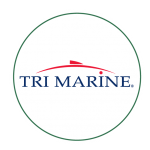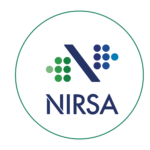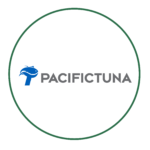Overview
La Encrucijada Biosphere Reserve (REBIEN, for its acronym in Spanish) is a 115,652-hectare coastal protected
area that includes environmental lakes, coastal lagoons, and mangrove ecosystems. It is located in the Gulf of
Tehuantepec the southern state of Chiapas, close to the border with Guatemala. Fishing activities are the main
sources of protein and livelihood for the local communities and approximately 18 small-scale cooperatives (600
fishermen) hold permits and/or concessions for shrimp, and finfish, in the REBIEN (SEMARNAT-CONANP 2009,
Rodríguez-Perafán, 2014, Armengol et al., 2021). Coastal Chiapas has a regionally important small-scale handline marine finfish fishery, where snook and snapper species are the most important species in terms of commercial quality and market value, together with white shrimp (Rodríguez-Perafán 2014). During 2020 year, the average annual production of snook (Centropomus spp) and snapper (Lutjanus peru) was 376 and ~94 tons for the state of Chiapas and the cooperatives in the REBIEN respectively. However, according to the logbooks of fishing production for the last five years, the cooperatives in the REBIEN have registered significant decreases in their total catches of marine finfish (~30%).
The Fishery Improvement Project (FIP) will launch with the participation of one cooperative, with the intention of including more groups as the benefits of participating in the FIP become apparent. The SCPP El Castaño cooperative includes over 36 members with 30 vessels and during the last five years, it has caught an annual average of 10 tons of finfish per year. This cooperative has a concession with multiple fishing areas, where the main fishing gear for finfish is the handline (line and hook). The cooperative shows two main harvest seasons (i) a high season that includes from May to September and (ii) a low season
that corresponds to the months of October to April. The cooperative also sets time windows for daily fishing activities based on the tidal cycle: (i) high tide in the morning (~3 hours) and (ii) low tide in the afternoon (~3 hours). Due to the significant decreases in their total catches, this cooperative recognizes the need for better management and harvest practices, as well as, established no-fishing and refuge areas as a strategy for the protection of fishing resources. Currently, due to the lack of a capture strategy and specific objectives of the snook and snapper fishery, the status of the population and its impact on the habitat and associated species are unknown.
La Encrucijada Biosphere Reserve (REBIEN, for its acronym in Spanish) is a 115,652-hectare coastal protected
area that includes environmental lakes, coastal lagoons, and mangrove ecosystems. It is located in the Gulf of
Tehuantepec the southern state of Chiapas, close to the border with Guatemala. Fishing activities are the main
sources of protein and livelihood for the local communities and approximately 18 small-scale cooperatives (600
fishermen) hold permits and/or concessions for shrimp, and finfish, in the REBIEN (SEMARNAT-CONANP 2009,







